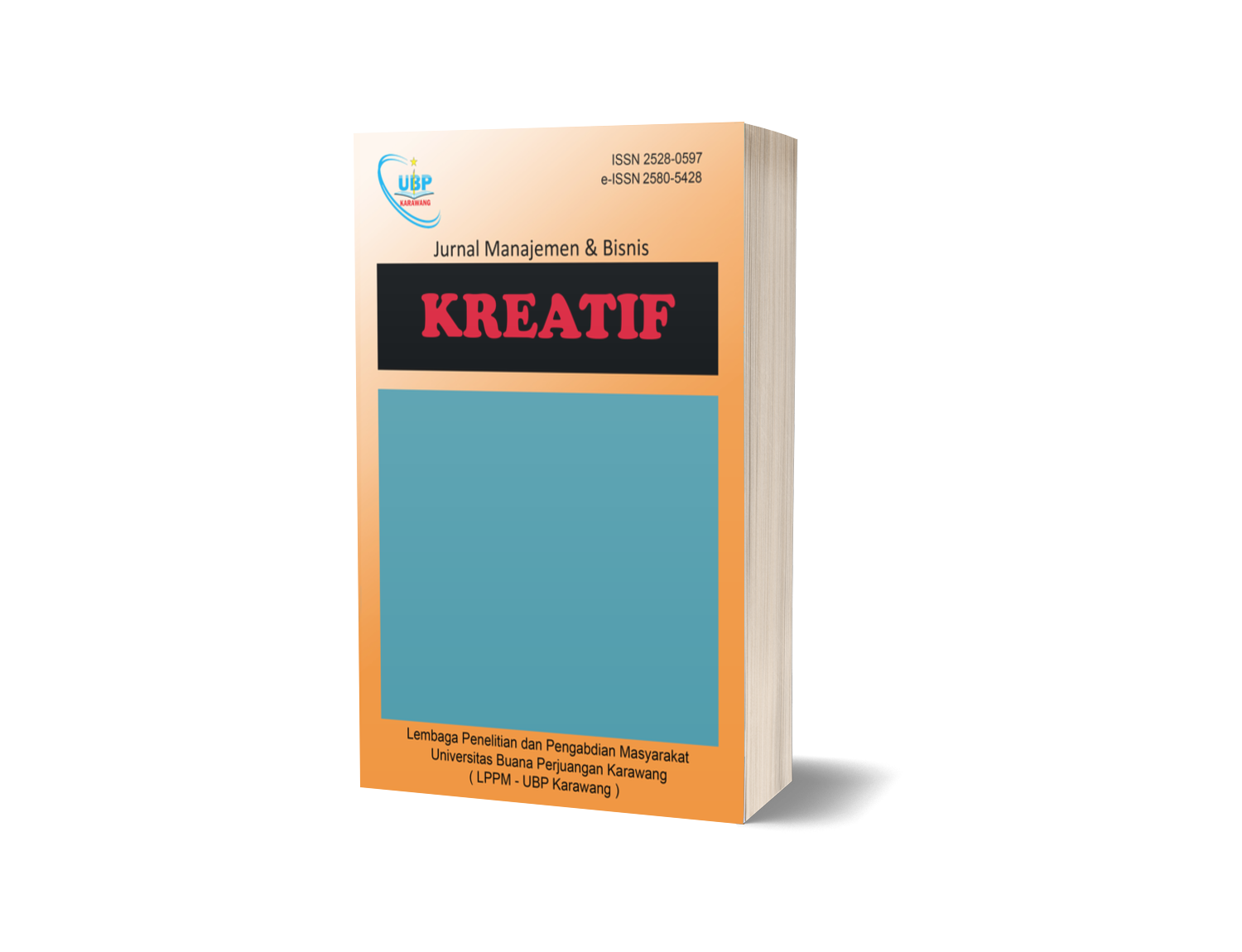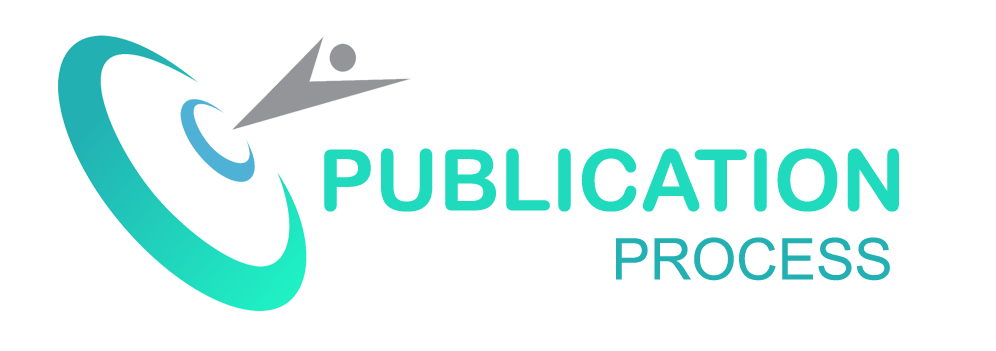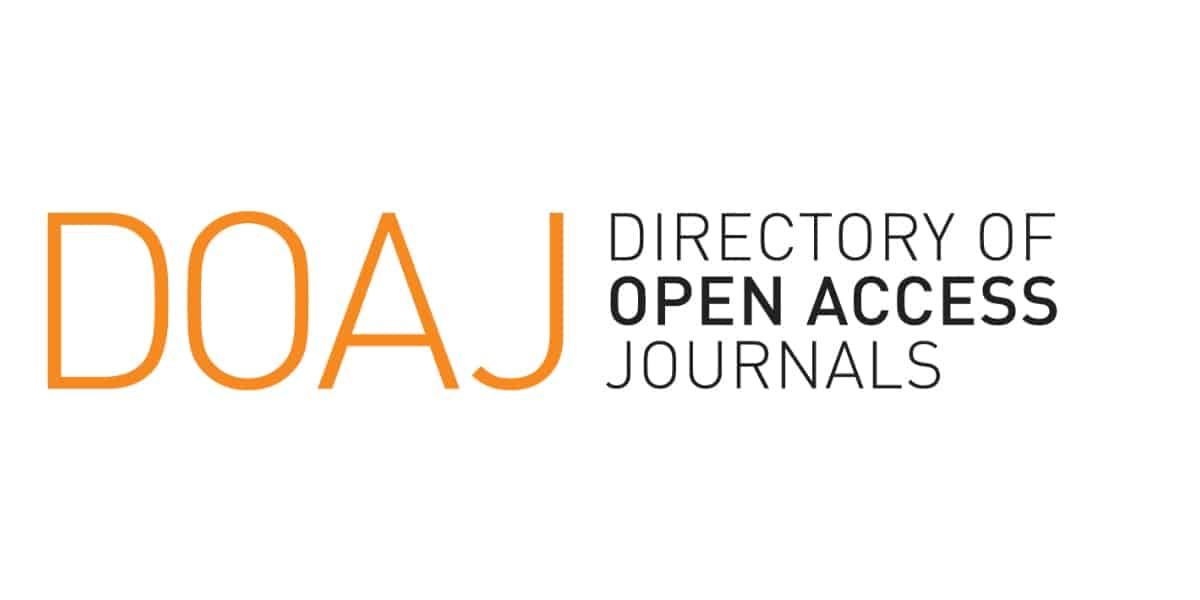MOTIVASI REMAJA DALAM MENGAMBIL KEPUTUSAN MEMILIH PENGAJIAN MAJLIS TAKLIM ASSHIFA DI ANJUN KARAWANG
DOI:
https://doi.org/10.36805/manajemen.v6i1.1188Abstract
AbstrakTujuan dilakukannya penelitian ini adalah untuk mengetahui motivasi remaja dalam mengambil keputusan memilih pengajian majlis taklim asshifa di anjun Karawang. Penelitian ini dilakukan di daerah anjun karawang. Jenis penelitian yang digunakan bersifat penjelasan (deskriptif) dengan pendekatan kuantitatif dengan jumlah populasi pada penelitian ini adalah 50 santri dengan sampel 50 santri. Data diperoleh dengan mengunakan kuesioner dan diolah oleh program spss 20. Analisis data pada penelitian ini menggunakan uji Validitas dan uji reliable , data mengunakan kuesioner yang sudah disebar utuk mengetahui apakah data tersebut valid dan reliable. Untuk kuesioner motivasi dihasilkan validitas dan reliablitias menghasilkan r hitung 0.937 > r tabel 0,2767 dengan nilai rentang cronbah alfa reabilitas sempurna yang artinya para santri sangat termotivasi untuk mengaji di pengajian majlis taklim asshifa , sedangkan untuk pengambilan keputusan dihasilkan uji validitas dan uji reabilitas r hitung 0,953 > r tabel 0,2767 dengan nilai rentang cronbah alfa reabilitas sempurna yang artinya para remaja santri dalam mengambil keputusan tidak ada paksaan dari siapapun dalam memilih pengajian majlis taklim asshifa . Untuk pembinaan remaja seharusnya tidak hanya di sekitar wilayah anjun saja tetapi di seluruh wilayah kabupaten karawang dengan melibatkan seluruh lapisan masyarakat agar generasi muda baik remaja , dewasa lebih dekat dengan agama sehingga terhindar dari perbuatan yang merugikan dirinya maupun orang lain.
Abstract
The purpose of this research is to determine the motivation of adolescents in making decisions to choose the majlis taklim asshifa recitation in anjun Karawang. This research was conducted in the Anjun Karawang area. The type of research used is descriptive (descriptive) with a quantitative approach with the total population in this study is 50 students with a sample of 50 students. Data obtained by using a questionnaire and processed by the SPSS 20 program. Analysis of the data in this study used the validity test and reliable test, the data used a questionnaire that had been distributed to find out whether the data was valid and reliable. For the motivation questionnaire, the validity and reliability of the resulting r count was 0.937> r table 0.2767 with the value of the cronbah alpha range of perfect reliability, which meant that the students were very motivated to recite the recitation in the majlis taklim asshifa, Meanwhile, for decision making, the validity and reliability tests of r count was 0.953> r table 0.2767 with the value of the perfect cronbah alpha reliability range, which means that young students in making decisions are not compelled by anyone in choosing the majlis taklim asshifa recitation. For the development of adolescents, it should not only be around the Anjun area but in all areas of Karawang Regency by involving all levels of society so that the young generation, both adolescents and adults, are closer to religion so that they avoid actions that harm themselves and others.
Keywords: Motivation, decision making, adolescents, majlis taklim.
Downloads
Downloads
Published
Issue
Section
License
Authors who publish in Jurnal Manajemen dan Bisnis Kreatif agree to the following terms:
- Authors retain copyright and grant the journal right of first publication with the work simultaneously licensed under a Attribution-ShareAlike 4.0 International (CC BY-SA 4.0) License that allows others to share the work with an acknowledgment of the work's authorship and initial publication in this journal.
- Authors are able to enter into separate, additional contractual arrangements for the non-exclusive distribution of the journal's published version of the work (e.g., post it to an institutional repository or publish it in a book), with an acknowledgment of its initial publication in this journal.
- Authors are permitted and encouraged to post their work online (e.g., in institutional repositories or on their website) prior to and during the submission process, as it can lead to productive exchanges, as well as earlier and greater citation of published work (See The Effect of Open Access).








